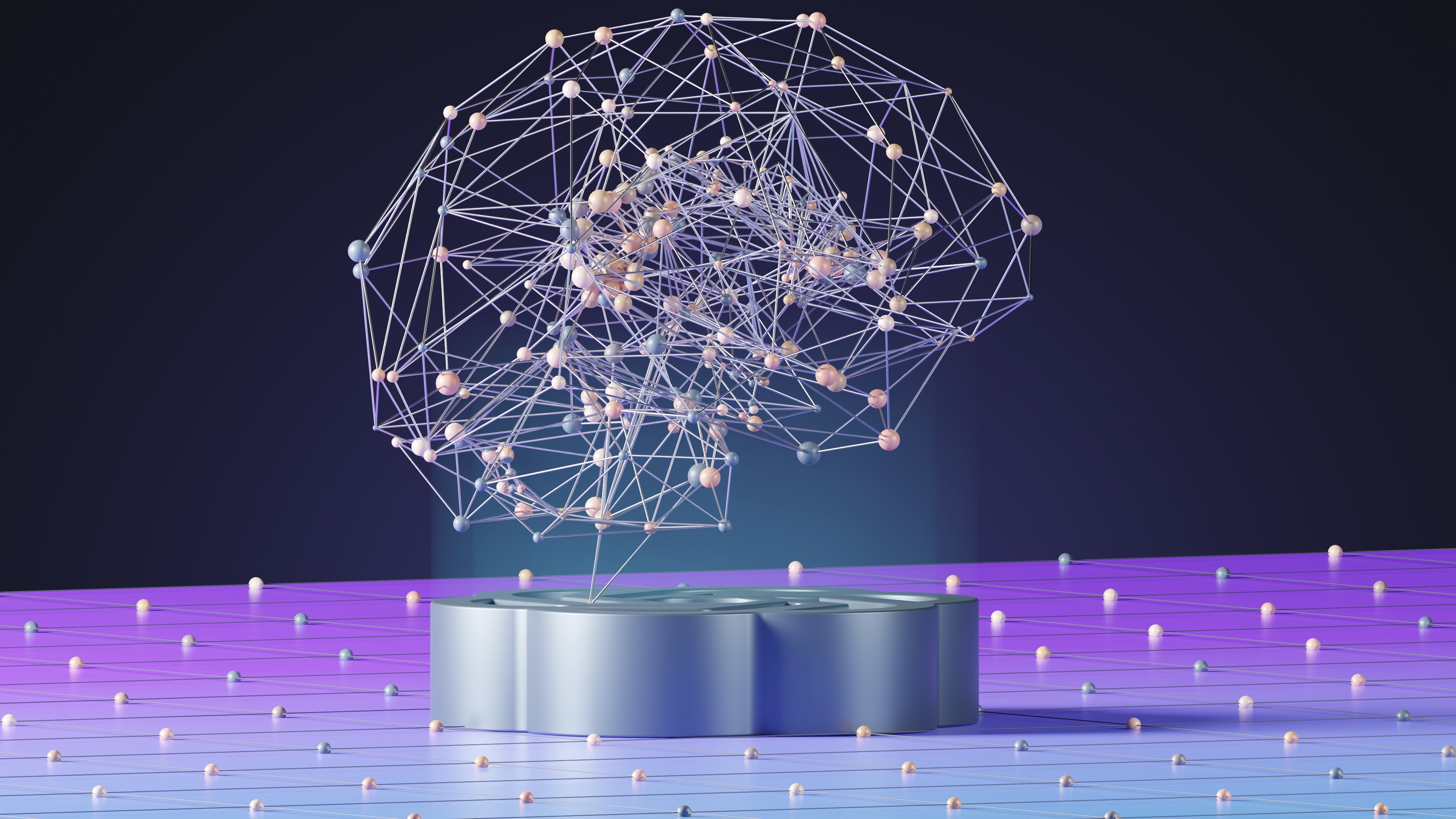Artificial Intelligence: I was seeking God but found Random
Written by
Come-from-Beyond
Sep 10, 2023

When talking about Artificial Intelligence, we use different terms which most of us understand correctly. Nonetheless let’s rehash some basic things, in the future this article will be referred to make sure that we are on the same page.
You probably heard about so-called DIKW pyramid. Many people use data and information interchangeably and few can articulate what knowledge is. To get author’s explanation of these things, imagine three ornate urns standing in a temple of a god. Every night, according to local beliefs, the god places a gift into one of these urns. We can freely inspect the urns and take the gift, but first let’s try to describe which urn has had that gift in. Before anybody hears our description, they will be uncertain which of the urns contained the gift. We need 2 bits for the description, because 1 bit reduces uncertainty two-fold, which is not enough for 3 urns.
So, we have 2 bits, “01” points to urn 1, “10” — to urn 2, and “11” — to urn 3. We may have “00” but we don’t need this combination. Here we have a system with 2 bits of data, and 1.58 bits of information. And we could use a lossless compressor to get our data reduced to fewer bits.
Imagine that we are staying many days in that location and visiting the temple every morning to take a gift and record which urn has had it. If these gifts are given by real god which is unknowable, we will likely never notice a pattern and sequence of urn numbers will be random. But what if in reality these gifts are placed by the priests? Let’s assume that they use a hidden door in the left wall of the temple. Taking into account human’s nature of being lazy, it’s reasonable to expect that gifts will be placed into urn 1 (closest to the door) in most cases, then into urn 2, and most rarely into urn 3.
We don’t know who places the gifts, but if we notice the pattern above we may deduce existence of a hidden door and that the god has nothing to do with the gifts. This is how intelligence works — it finds patterns and deduces knowledge.
Nowadays we use special IQ tests to gauge intelligence of human beings. If we aim to create an artificial intelligence we need to measure its IQ. Some people claim that Turing test failed, the author agrees with this claim and proposes another method:
Give the tested AI information describing evolution of some system and ask to write a program predicting future system’s state. The program doesn’t necessary need to be a piece of code in C++ programming language or the like, it can be a circuit, a piece of paper with formulas, anything. Among two tested AIs the one giving the shortest program will have higher IQ.
So, we have got some number showing IQ of one particular AI. Is it true AI? Maybe. We can get the answer with pretty high certainty if run the test again and again with different evolving systems and asking human beings (who undoubtedly possess true intelligence) try to pass the same test. If human beings get lower IQ then we can claim that the tested AI is a true AI.
In Aigarth running on top of Qubic we are trying to find methods of “distillating” information from data. This is the very first step, then we need to make another — from information to knowledge. And who knows, maybe one day we’ll step from knowledge to wisdom…